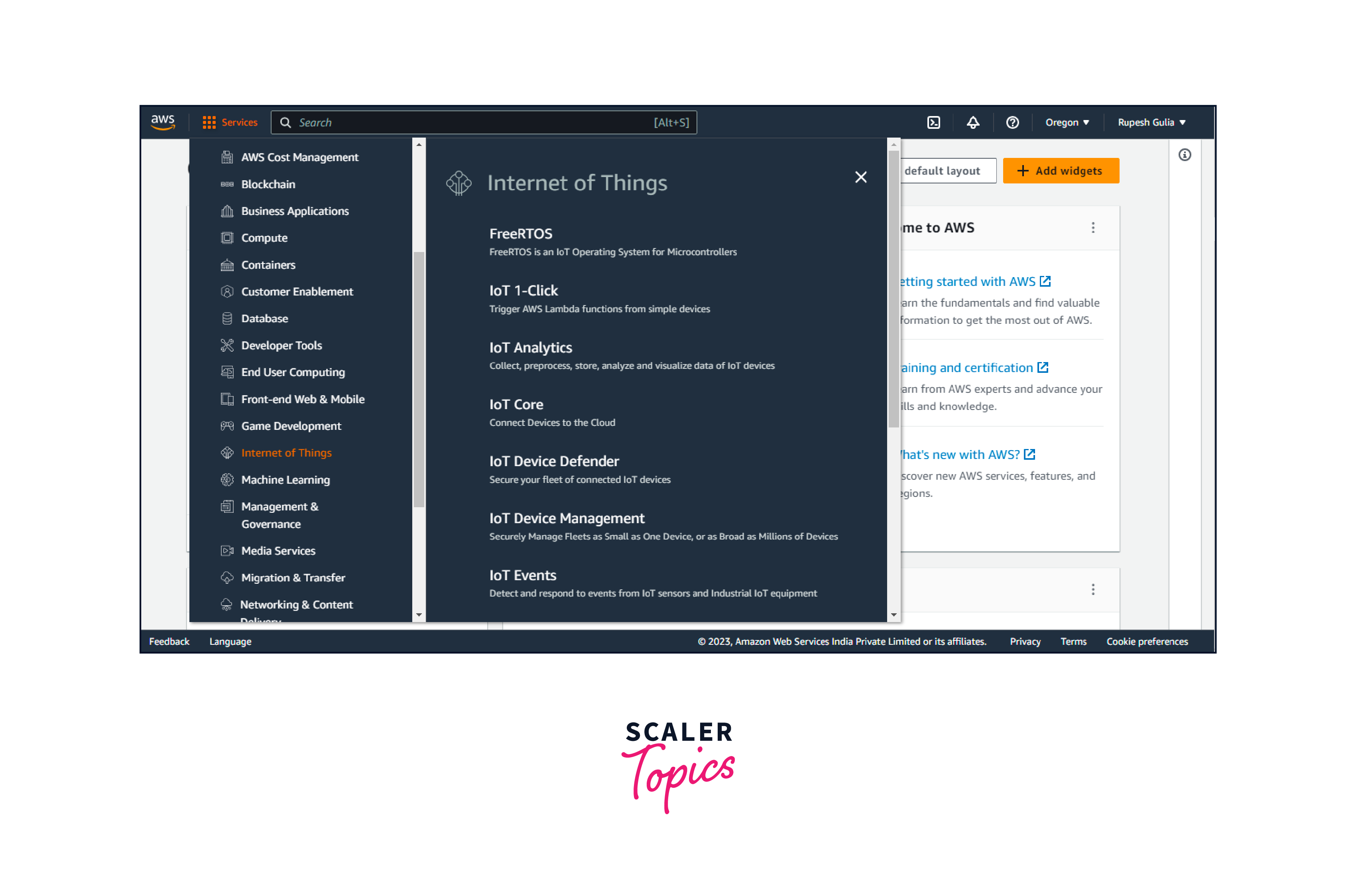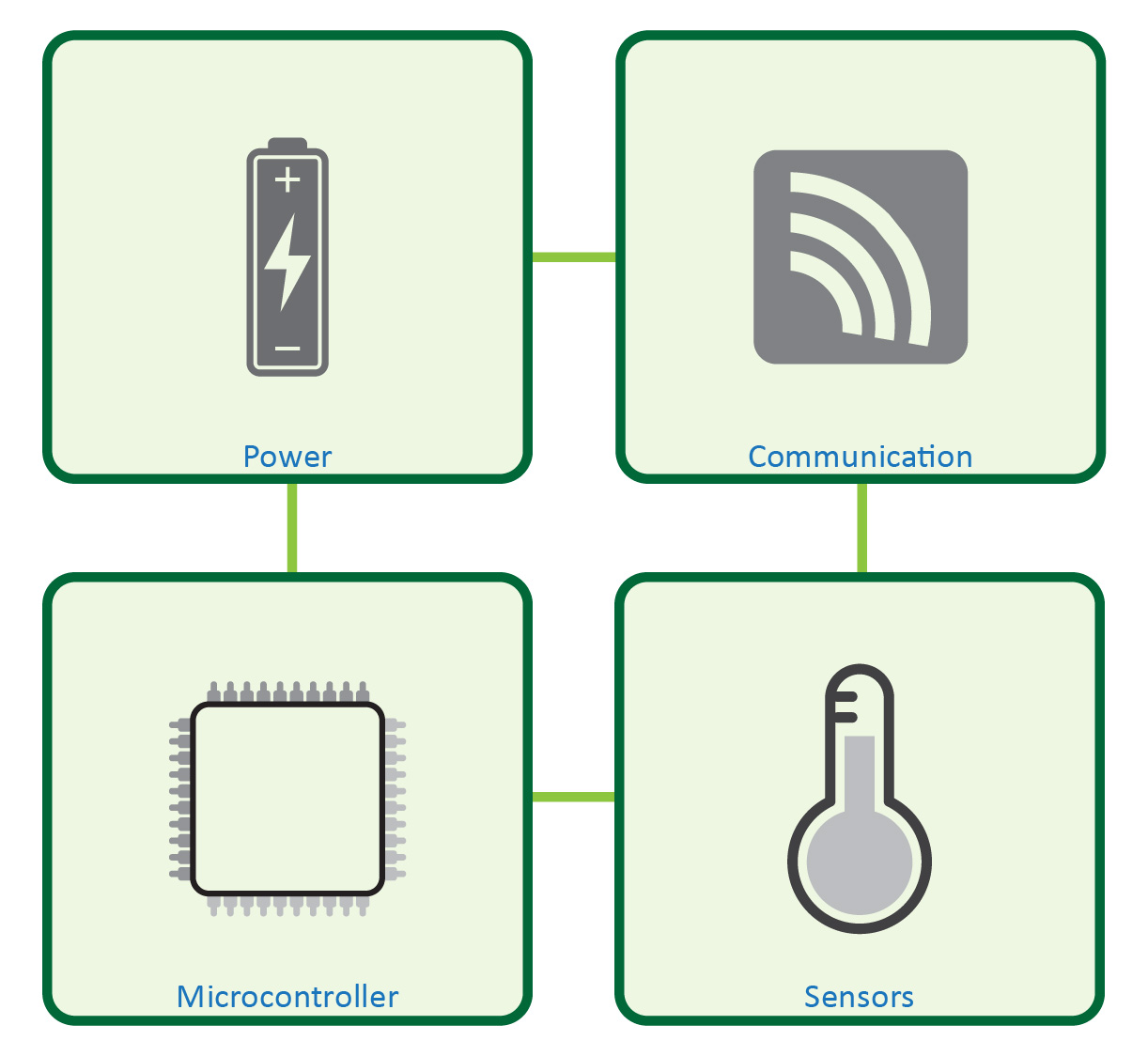Can the seemingly mundane act of data processing on Internet of Things (IoT) devices truly revolutionize the way we interact with the digital world? The answer, unequivocally, is yes. Executing batch jobs on IoT devices represents a paradigm shift, a powerful strategy for optimizing performance and enhancing scalability in an era defined by interconnected devices and vast data streams.
IoT device batch jobs, at their core, are the engines driving efficiency in a sea of information. They are the processes that handle the torrents of data generated by IoT devices be it sensors, wearables, or industrial machinery in a structured and efficient manner. Its like having a highly organized librarian managing a sprawling collection, ensuring that every piece of information is not only cataloged but also readily accessible and useful. Consider an IoT run batch job, which refers to the execution of automated tasks in bulk using data collected from these devices. Think of it as a way to process large datasets without breaking a sweat. Instead of dealing with each piece of data individually, which would be akin to painstakingly sorting each grain of sand on a beach, you can group similar tasks together and let the system handle them all at once. This approach is not just about convenience; it's about optimization.
Integrating batch job execution into IoT environments yields a trifecta of benefits. Businesses experience reduced costs, improved data accuracy, and an overall enhancement of performance. The cost reduction stems from the streamlined nature of batch processing. Instead of paying for individual operations, you are leveraging the power of efficiency. Improved data accuracy results from the ability to validate and cleanse data in bulk, minimizing errors and inconsistencies. And the performance boost comes from the optimized use of resources, ensuring that your IoT systems run smoothly, even under heavy loads. Consider the following analogy: If you need to transport a mountain of bricks, would you prefer to carry them one by one, or would you use a forklift to load them onto a truck in a single, efficient operation?
As the internet of things (IoT) continues to expand, understanding how to handle batch jobs effectively becomes even more critical. This document provides an overview of IoT batch jobs, including how they are created, scheduled, and monitored. The ability to manage and execute batch jobs becomes a competitive advantage, allowing businesses to adapt, innovate, and thrive in the fast-evolving digital landscape. The key is to treat your IoT systems not just as collectors of data, but as sophisticated processing centers that can be efficiently managed.
A remote IoT batch job, in essence, extends this principle. It refers to the process of executing multiple tasks or operations in bulk, remotely, using IoT devices and networks. This functionality is especially useful when you have a fleet of devices dispersed across a wide geographic area. Imagine needing to update the firmware on thousands of sensors deployed in various locations. Without batch job capabilities, this would be an arduous and time-consuming undertaking. With batch jobs, you can schedule the update, and the system will handle the process across all devices simultaneously.
The practical strategies and tools for implementing batch job execution on IoT devices range from simple scripting to advanced orchestration platforms. One of the first steps is to understand the data your IoT devices are generating and the tasks that need to be performed. Then, you can begin to group these tasks and define the parameters for your batch jobs. Scheduling is another crucial element, and the best approach will depend on the specific application. Some jobs may need to run on a fixed schedule (e.g., every day, every month, on specific dates), while others may be triggered by events or data thresholds. A critical aspect is monitoring. You need to track the progress of your batch jobs, identify any errors, and ensure that the system is functioning as expected. This includes a robust logging system to track errors and successes.
One of the most significant advantages of using batch jobs is their ability to scale. As the number of IoT devices and the volume of data increase, batch processing can handle the growing workload without a corresponding exponential increase in resources. This scalability is essential for maintaining efficiency and performance as your IoT environment expands. IoT devices like cloud servers require means to do manual and automatic maintenance. Staexd offers batch command execution, which is usually faster than SSH because there is no interactive session. Consider the example, Batch_job(device_list). This is a simplified illustration, of course. The core idea is to define a set of tasks to be performed on a group of devices.
These devices enable businesses and organizations to process large volumes of data efficiently, transforming how IoT systems operate. One must understand how to handle batch jobs effectively, which becomes even more important as the Internet of Things (IoT) continues to expand. Batch jobs can be scheduled to run on a variety of intervals (Every day, every month, on specific dates).
Depending on your specific requirements, your script may need to handle more complex tasks. While executing batch jobs on IoT devices may seem straightforward, there are a few best practices you should keep in mind to ensure successful execution and achieve desired outcomes.
| Category | Details |
|---|---|
| Definition | Processes designed to handle large volumes of data efficiently, optimizing performance and scalability on IoT devices. They automate tasks in bulk using data from connected devices, enabling structured data management. |
| Purpose | Enhance efficiency by streamlining data processing. Reduce costs by optimizing resource usage. Improve data accuracy and enhance the overall performance of IoT systems. Facilitate the execution of automated tasks on IoT devices. |
| Types | IoT Run Batch Jobs: Automate tasks using data collected from IoT devices. Remote IoT Batch Jobs: Execute tasks remotely across networks. |
| Implementation | Requires a well-defined understanding of data needs, task grouping, scheduling, and monitoring strategies. |
| Benefits | Reduced operational costs through bulk processing. Improved data accuracy with streamlined validation and cleansing. Significant performance enhancements and optimized resource utilization. Enables scalability as IoT environments expand. |
| Examples of Tools | Scripting tools and advanced orchestration platforms. |
| Key Considerations | Scheduling (fixed, event-driven), thorough monitoring for errors, logging for effective tracking of processes. |
| Best Practices | Careful planning, testing, and robust monitoring. |
| Real-world applications | Firmware updates, sensor data processing, and automated device maintenance. |
| Further Resources | IBM Research on IoT Batch Processing |
Here are best practices for executing batch jobs on IoT devices:
- Planning is Paramount: Before you start, meticulously plan your batch jobs. Define the tasks, data sources, and expected outcomes. This includes understanding your IoT devices, the data they generate, and the processing steps needed.
- Start Small and Test: Begin with a small-scale test. This allows you to identify any potential issues and refine your scripts or configurations before deploying them across your entire IoT environment.
- Automated testing: Automated testing should be a central component of your workflow. This allows you to ensure that any new code you introduce does not interfere with existing features. It's important to automate testing on a regular basis and after any significant code changes.
- Monitoring is Mandatory: Implement comprehensive monitoring to track the progress of your batch jobs. Use logging to capture errors and successes. This will help you diagnose problems quickly and optimize performance.
- Error Handling: Design robust error-handling mechanisms. Include retry logic and alerts to be notified of any failed jobs.
- Security: Prioritize security. Ensure your scripts are secure, use secure connections, and protect sensitive data. Consider authentication and authorization protocols to restrict access.
- Efficient Scripting: Write efficient scripts. Optimize for performance and minimize resource consumption.
- Consider Device Constraints: Account for any limitations of your IoT devices, such as processing power, memory, and battery life. Design your batch jobs to be resource-aware.
- Version Control: Use version control to track changes to your scripts and configurations.
- Documentation is a Must: Document your processes, scripts, and configurations thoroughly. This will simplify maintenance and collaboration.
- Scalability: Design for scalability. Consider future growth and build your system to accommodate it.
In conclusion, executing batch jobs on IoT devices is not merely a technical function; it is a strategic imperative. It represents a means to harness the full power of the IoT, unlocking efficiency, improving data quality, and driving innovation. Embracing the guidelines and best practices outlined in this guide will empower businesses and organizations to leverage the immense potential of the Internet of Things, transforming how they operate, compete, and succeed in an increasingly interconnected world.


Detail Author:
- Name : Lorine Balistreri
- Email : bridie20@hotmail.com
- Birthdate : 2004-02-17
- Address : 1263 Schimmel Expressway Verdamouth, OR 28424-7960
- Phone : +1-310-376-6133
- Company : Bashirian, Miller and Sawayn
- Job : Tractor Operator
- Bio : Sapiente maxime quod qui. Rem quia repudiandae nisi velit necessitatibus. Rerum accusamus laborum in sint facere ea et ipsum.